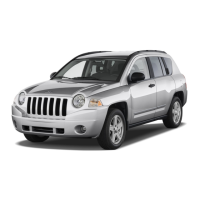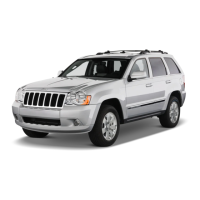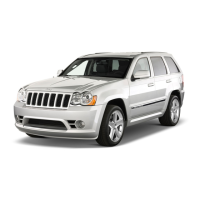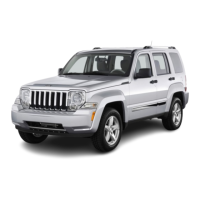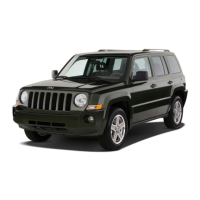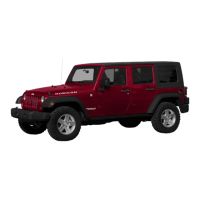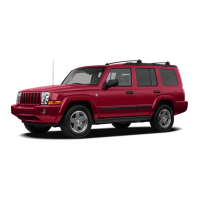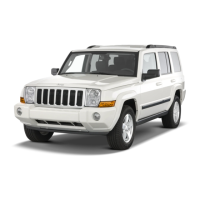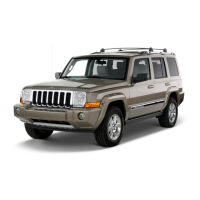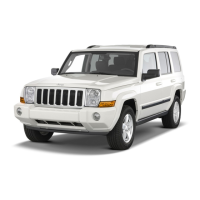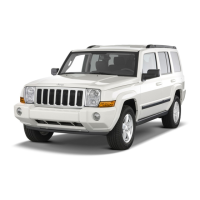

Do you have a question about the Jeep 2009 Commander and is the answer not in the manual?
| Brand | Jeep |
|---|---|
| Model | 2009 Commander |
| Category | Automobile |
| Language | English |
Utility vehicles have a higher rollover rate than other vehicles due to a higher center of gravity.
Consult the Table of Contents and index for desired information.
Manual contains warnings against procedures that could cause accidents or injury, and cautions against those that could cause damage.
Explains the keyless ignition system, including Remote Keyless Entry (RKE) transmitter and Wireless Ignition Node (WIN).
Immobilizer system that prevents unauthorized operation by disabling the engine.
Monitors doors, liftgate, and ignition for unauthorized operation, providing audible and visible signals.
System to lock/unlock doors and liftgate, or activate panic alarm from up to 66 ft (20 m) away.
Details manual and power door lock operation, including child protection locks.
Covers seat belts, airbags, and child restraint system usage for occupant safety.
Information on inside day/night, automatic dimming, and outside mirrors.
Explains the voice-activated, hands-free, in-vehicle communication system.
Covers operation of headlights, parking lights, turn signals, and fog lights.
Details how to activate, set, and deactivate the cruise control system.
Provides an overview of the instrument cluster and its indicators.
Explains the driver-interactive display for system status and messages.
Operating instructions for the AM/FM stereo radio and CD/DVD changer.
Steps for normal and cold weather engine starting, and what to do if the engine fails to start.
Information on automatic transmission operation, gear ranges, and shift interlock.
Advice for driving utility vehicles on paved roads, emphasizing safe handling.
Guidance for driving in challenging off-road conditions, including 4WD LOW range.
Instructions for using hazard flashers to warn other motorists during an emergency.
Steps to take to reduce potential for overheating and what to do if it occurs.
Procedures and safety warnings for changing a tire using the vehicle's jack.
Step-by-step instructions for safely jump-starting a vehicle with a discharged battery.
Identifies key components and fluid reservoirs in the 3.7L engine compartment.
Explains the OBD II system and the Malfunction Indicator Light.
Details required and periodic maintenance services for optimal vehicle performance.
Covers checking oil level, selection, viscosity, and change intervals.
Provides a diagram and list of interior and underhood fuses and their functions.
Highlights scheduled maintenance for emissions control systems for proper function.
Details required and periodic maintenance services for optimal vehicle performance.
Lists specific maintenance tasks and their recommended intervals based on mileage and time.
Provides tips for preparing for service appointments and making reasonable requests.
Explains how to contact dealers and the manufacturer for assistance and warranty issues.
Information on how to report potential safety defects to NHTSA and the manufacturer.
